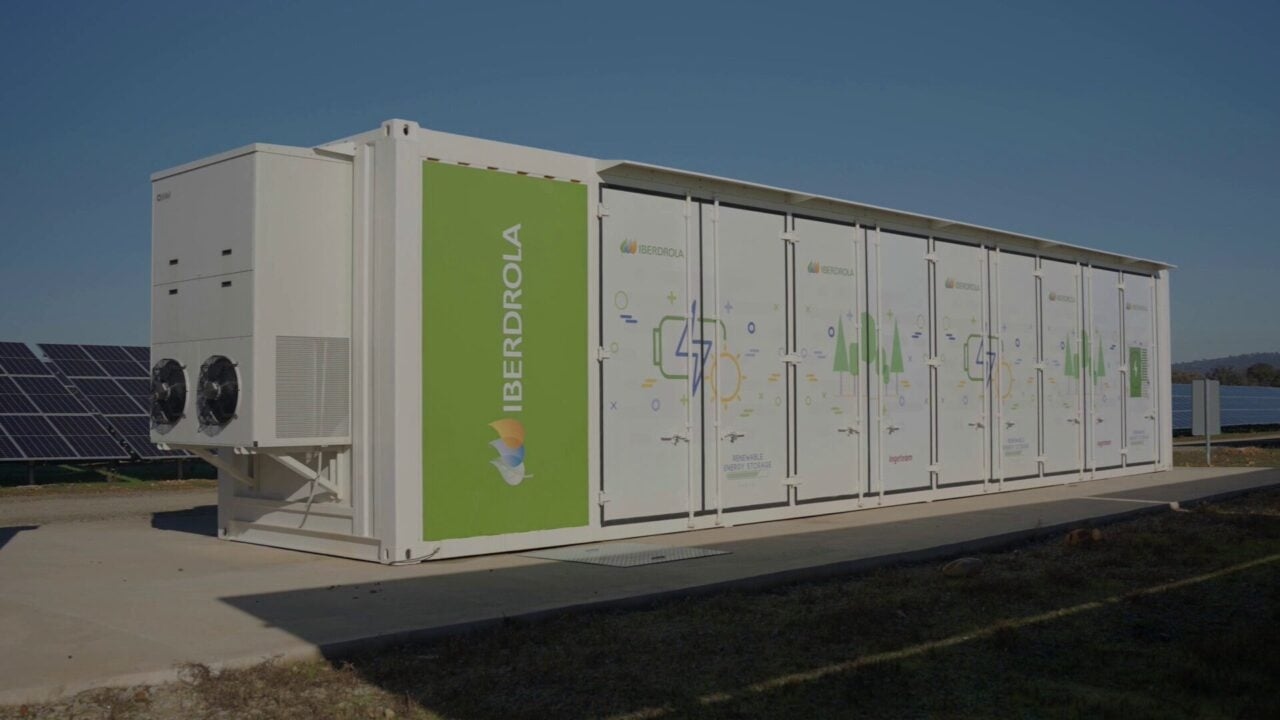Spanish utility Iberdrola acquires 1GWh Tungkillo battery storage project in South Australia

It is here that the battery storage system is expected to be developed, featuring up to 184 battery containers housed within a single-stage configuration. The project will connect to the adjacent ElectraNet-operated Tungkillo substation via a dedicated transmission corridor, providing direct access to South Australia’s transmission network and the wider National Electricity Market (NEM).
Since its first proposal, the project has been shortened in duration. According to the project summary webpage from RES Group, the BESS, if developed, would have a storage capacity of 1,480MWh, which would equate to a 5-hour duration.
The Tungkillo BESS received planning approval from the State Planning Commission in December 2024. With all key approvals and “very advanced connections rights”, Iberdrola anticipates that the battery storage system will enter operation in 2028.
Iberdrola already maintains a strong presence within the Australian energy storage market, operating multiple renewable energy and storage projects across New South Wales, Queensland and South Australia.
The acquisition aligns with the company’s 2025-2028 strategic plan, which includes €58 billion of total investment, 85% of which is directed toward countries with investment-grade credit ratings.
The purchase forms part of Iberdrola’s broader commitment to deploy €1 billion in Australian battery projects over the next four years, reflecting the company’s confidence in the country’s energy storage market fundamentals.
The Spanish utility’s Australian portfolio includes operational and development-stage projects across multiple states. In New South Wales, Iberdrola’s 130MWh BESS recently became ready for commissioning at the Avonlie Solar Farm, while in Queensland, the company started construction of a solar-plus-storage project featuring 275MW of solar generation co-located with 137.5MW/275MWh of battery storage.
Meanwhile, the Tungkillo acquisition provides Iberdrola with exposure to South Australia’s dynamic electricity market.
South Australia has emerged as a leading region globally for renewable energy integration. Energy storage is becoming increasingly important for managing grid reliability as the state targets 100% net renewables by the end of 2027.
South Australia’s electricity market characteristics create favourable conditions for large-scale battery storage operations. Price volatility is driven by variable renewable energy generation, interconnector constraints with neighbouring states, and the retirement of thermal generation capacity.
The state currently operates several large-scale battery projects, including the 238.5MW/477MWh Blyth project, with additional systems under construction or contracted. These projects establish a foundation for the FERM’s focus on extended-duration storage capabilities.
South Australia’s energy storage landscape extends beyond traditional lithium-ion battery systems. AGL recently acquired a 720MWh long-duration electro-thermal energy storage site in the state, demonstrating growing interest in alternative storage technologies for extended-duration applications.
More recently, to help mitigate concerns around grid reliability, the state government announced that it is preparing to launch its inaugural Firm Energy Reliability Mechanism (FERM) tender this month, seeking 700MW of long-duration energy storage (LDES), sometime this month.
The tender targets 400MW of capacity operational by November 2028, with an additional 200MW required by late 2029 and 100MW by 2031. To qualify for the technology-neutral procurement process, projects must demonstrate a minimum capacity of 30MW and provide at least eight hours of storage duration.
energy-storage





